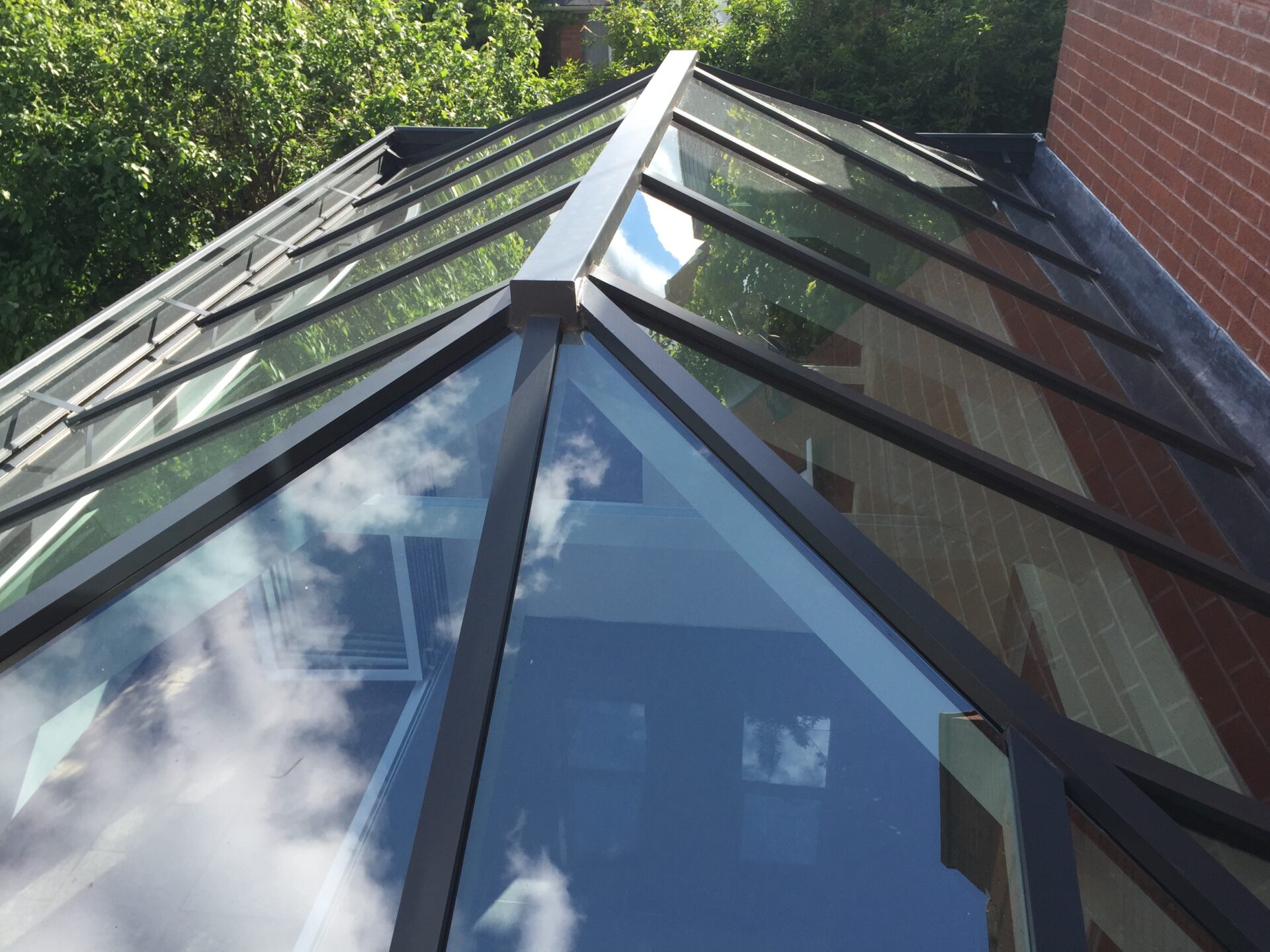Last Updated on 6 September 2024 by
There are a range of limitations around the idea of roof lanterns on pitched roofs. These main limitations relate to structural constraints, weight distribution and installation.
Roof lanterns, once an architectural feature primarily found in grand structures, are increasingly becoming a sought-after addition in modern homes.
As the majority of homeowners seek innovative ways to enhance their living spaces, roof lanterns have emerged as a compelling choice.
However, when it comes to pitched roofs, certain limitations exist regarding the installation of roof lanterns.
In this article, we’ll uncover the complexities and obstacles associated with installing roof lanterns on pitched roofs, as well as discussing other possible alternatives you may want to consider instead.
Looking for info quickly? Jump to:
- Understanding limitations of roof lanterns on pitched roofs
- Addressing installation hurdles
- Seeking alternative options
- Exploring the limitations of roof lanterns on pitched roofs: conclusion
- FAQs
Understanding limitations of roof lanterns on pitched roofs
The main limitations surrounding the idea of roof lanterns on pitched roofs include the following:
Structural constraints
Unlike flat roofs, pitched roofs pose structural challenges for installing roof lanterns.
The angled design of pitched roofs creates complexities in supporting and integrating a roof lantern without compromising the roof’s integrity.
Weight distribution
Pitched roofs distribute weight differently compared to flat roofs. Installing a roof lantern on a pitched roof demands meticulous consideration of weight distribution to prevent structural strain or potential damage.
Incompatibility with designs:
Pitched roofs often feature a slope that may not harmonise well with the design of traditional roof lanterns. The mismatch in angles and styles might make seamless integration challenging.
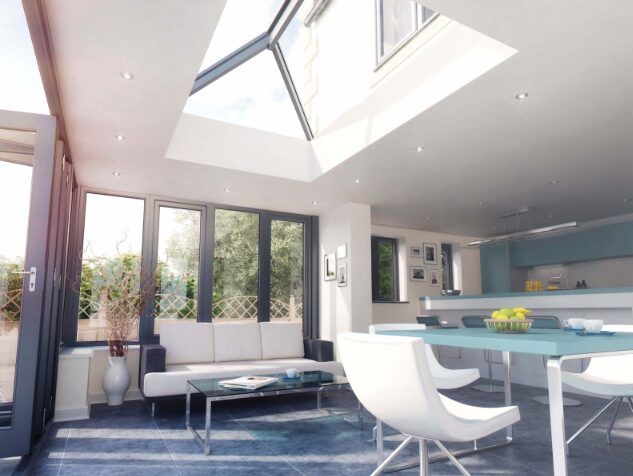
Our Atlas roof lanterns range features a stunning range of lanterns to suit every preference.
Addressing installation hurdles
There are also a range of hurdles when it comes to installation too:
Structural modifications
The nature of pitched roofs often requires extensive modifications to accommodate a roof lantern. Reinforcing the structure to support the additional weight and altering the roof’s angle might be necessary, posing substantial challenges and costs.
Regulatory limitations
Local building regulations and planning permissions might restrict the installation of roof lanterns on pitched roofs due to structural concerns or aesthetic impacts on the property’s exterior.
Practical challenges
The installation process itself becomes intricate on a pitched roof. The complexities involved in ensuring proper fitting, weatherproofing and maintaining the roof’s structural integrity make it a daunting task.
Seeking alternative options
When it comes to possible alternatives, you may want to consider these options:
Exploring alternative lighting solutions
Given the constraints of installing roof lanterns on pitched roofs, homeowners may opt for alternative lighting solutions. Skylights or dormer windows are potential alternatives that offer natural light without the complexities of a roof lantern installation.
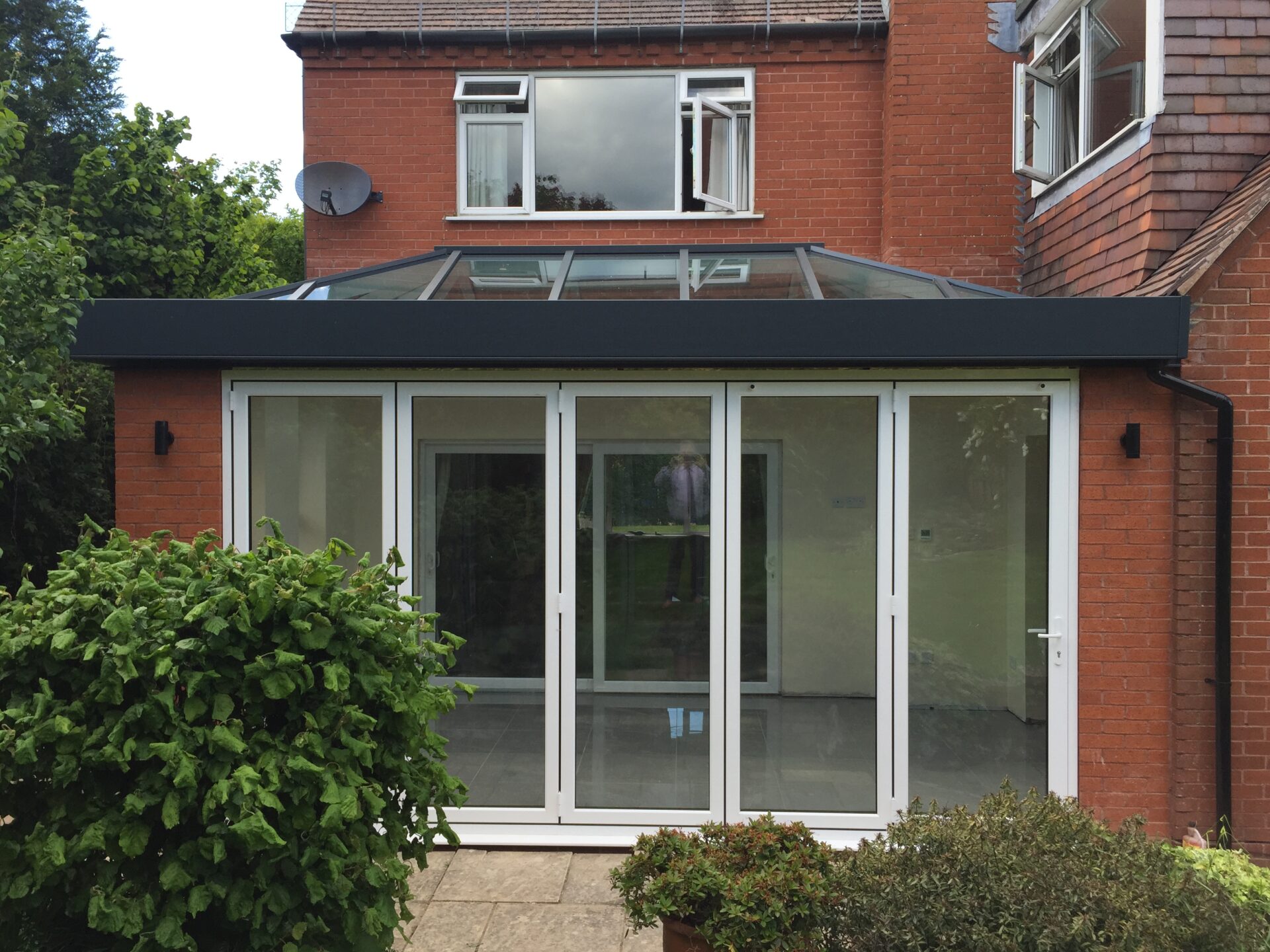
Need more information on roof lantern costs? If so, why not read our article on this?
Professional consultation
Consulting with structural engineers or architects can provide insights into whether modifications are feasible for installing a roof lantern on a pitched roof. Their expertise can guide homeowners toward viable alternatives or potential solutions.
Exploring the limitations of roof lanterns on pitched roofs: conclusion
While roof lanterns are a charming addition to many homes, their installation on pitched roofs present significant challenges and limitations, as explained within this article.
Understanding these constraints may prompt you to explore alternative lighting solutions or seek professional advice for feasible options that suit your architectural needs.
Also, before purchasing a roof lantern for your home, we’d recommend checking with your local council to confirm whether planning permission is required for your roof lantern installation. While numerous roof lantern installations fall within permitted development, understanding the intricacies of local regulations stands will allow you to stay steer clear of potential hurdles.
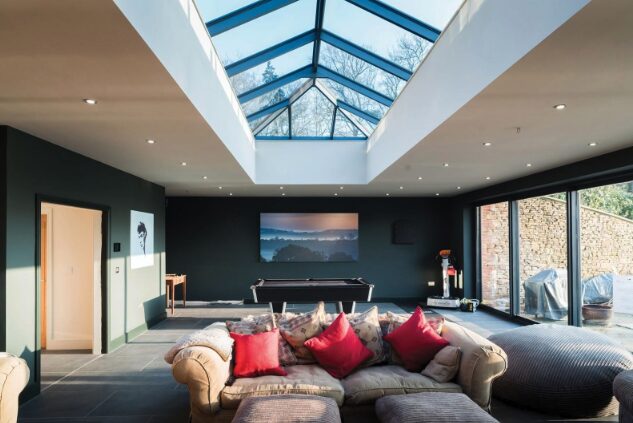
We also offer finance options for many of our products, including our roof lanterns ranges.
At GFD Homes, while our exceptional product portfolio includes industry-leading products such as the Korniche roof lantern (regarded as the ‘fastest to install on the market’), it’s essential to note that our roof lanterns are not suitable for installation on pitched roofs.
Despite this limitation, our roof lanterns can still bring unparalleled elegance to other areas of your home.
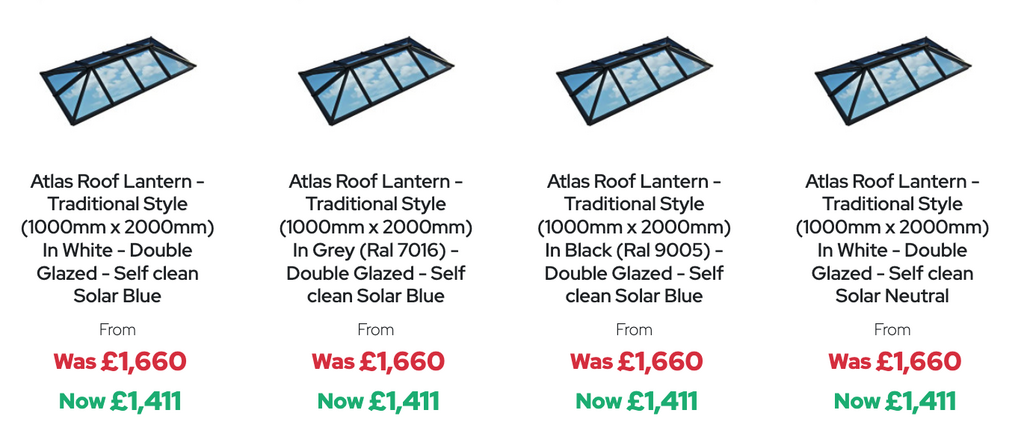
For roof lanterns that redefine your home’s aesthetics and functionality, click here to explore our fabulous traditional collection.
Need personalised guidance or have specific requirements? Why not reach out to our dedicated team on 01642 309576; when it comes to achieving your dream home, know that we’re here to assist you every step of the way.
For those eager to witness the sheer elegance of our roof lanterns firsthand, why not schedule a visit to our esteemed Teesside showroom? We promise an experience that’s truly worth it, even if our lanterns can’t be installed on pitched roofs.
FAQs about Roof Lanterns and Pitched Roofs
What types of roofs are suitable for roof lantern installation?
Our roof lanterns are best suited for flat roofs, due to structural constraints. Unfortunately, they are not designed for installation on pitched roofs due to complexities in support and integration.
Can you install a roof lantern on an existing pitched roof?
Regrettably, our roof lanterns, along with the vast majority of roof lanterns available on the market, are not compatible with pitched roofs. They’re specifically designed for flat roof installations.
Alternative solutions like skylights or dormer windows may better suit your pitched roof.
Are roof lanterns permissible under permitted development rights for pitched roofs?
Installing roof lanterns on pitched roofs might not align with permitted development rights due to structural and aesthetic concerns. We highly recommend checking local regulations and consulting professionals before considering a roof lantern addition for your home.
Do I need planning permission for a roof lantern?
In many cases, installing a roof lantern falls under permitted development rights and therefore means it may not require planning permission. However, regulations can vary based on location, property type and specific circumstances.
We’d definitely recommend checking with local authorities or consulting with professionals first, just to clarify whether you will need planning permission for your roof lantern installation.
How does a roof lantern affect energy efficiency?
Roof lanterns, when properly installed and equipped with high-quality glazing, can contribute positively to energy efficiency by optimising natural light and reducing the need for artificial lighting during the day. However, their impact on insulation and heat retention may vary depending on the roof lantern’s design, as well as the materials it has been made from.
At GFD Homes, our range of roof lanterns have not only been made from the highest quality of aluminium for greater levels of strength and durability, but they’re also incredibly energy efficient too.
Do you offer roof lanterns suitable for pitched roofs?
While our roof lanterns are renowned for their elegance and easy installation, they are tailored for flat roof installations, as pitched roofs present a range of challenges.
